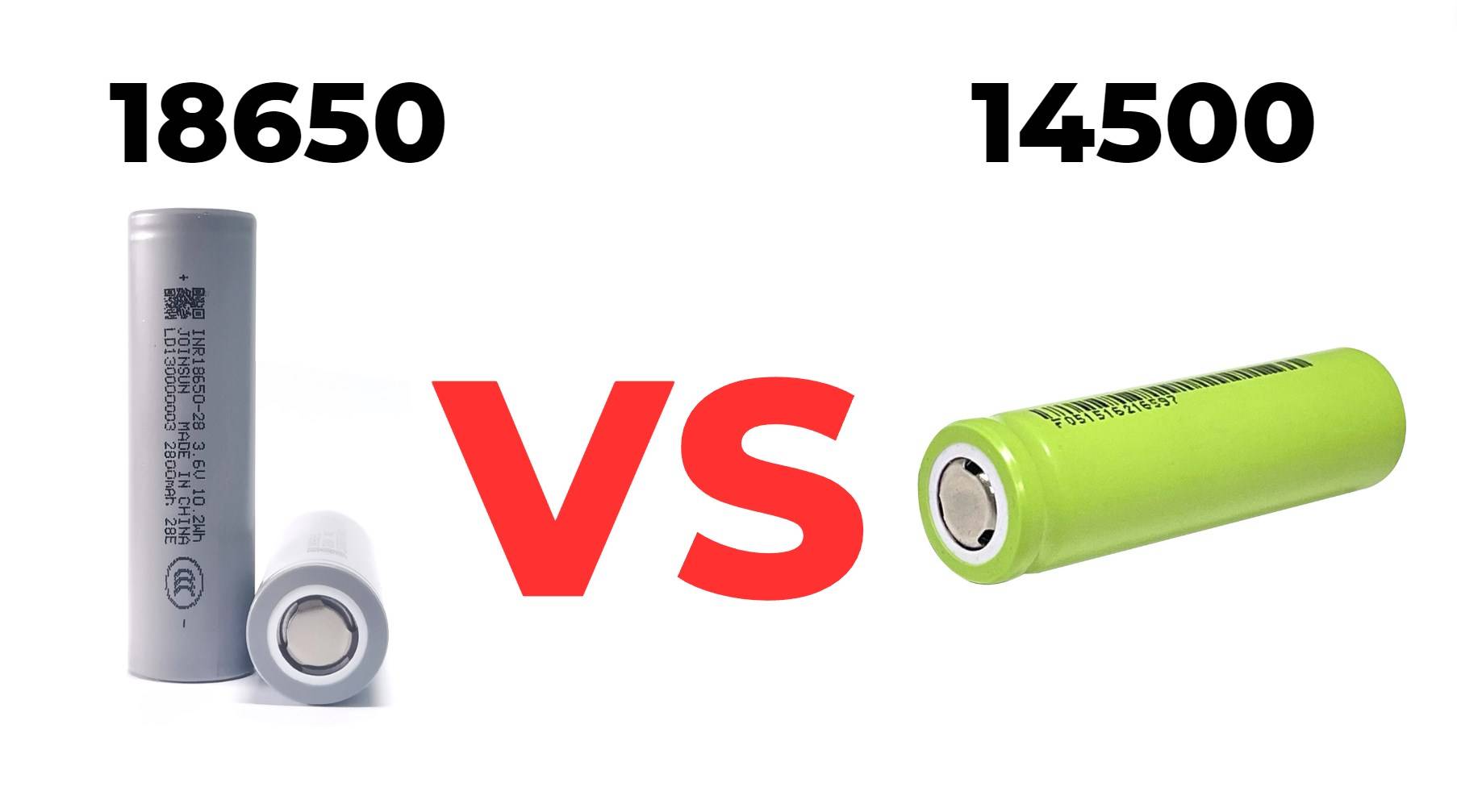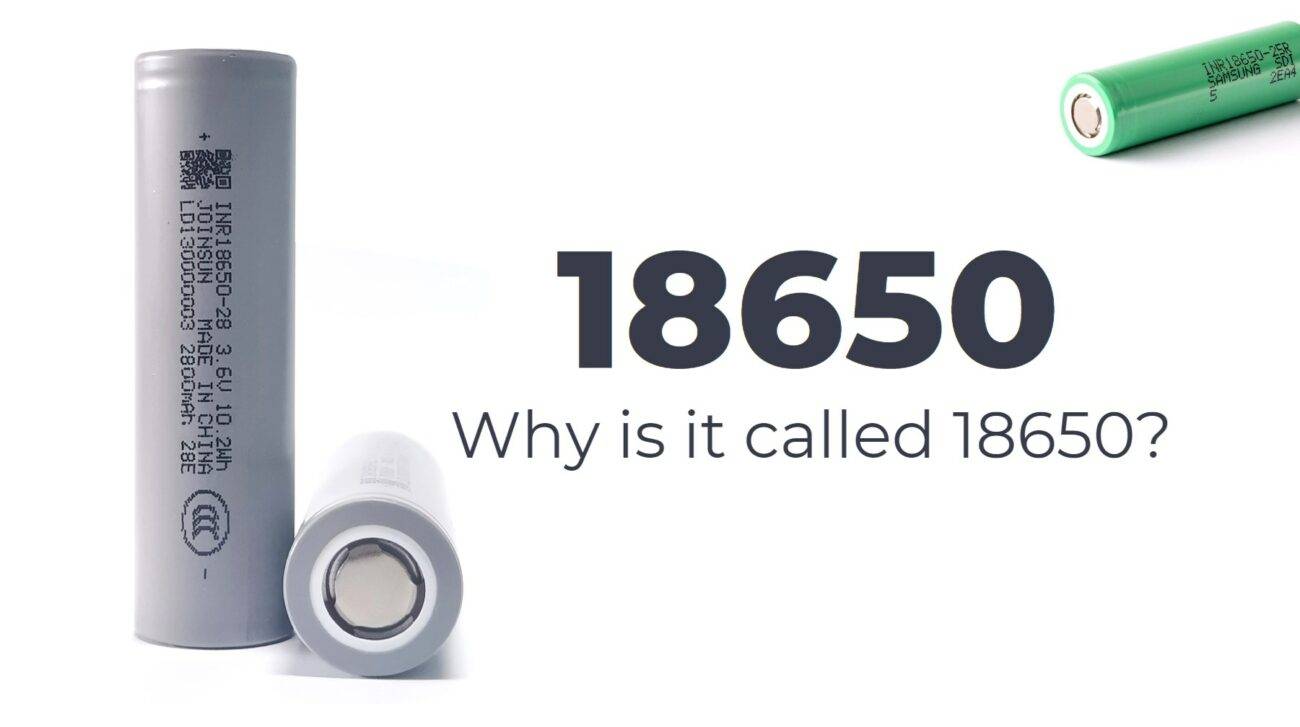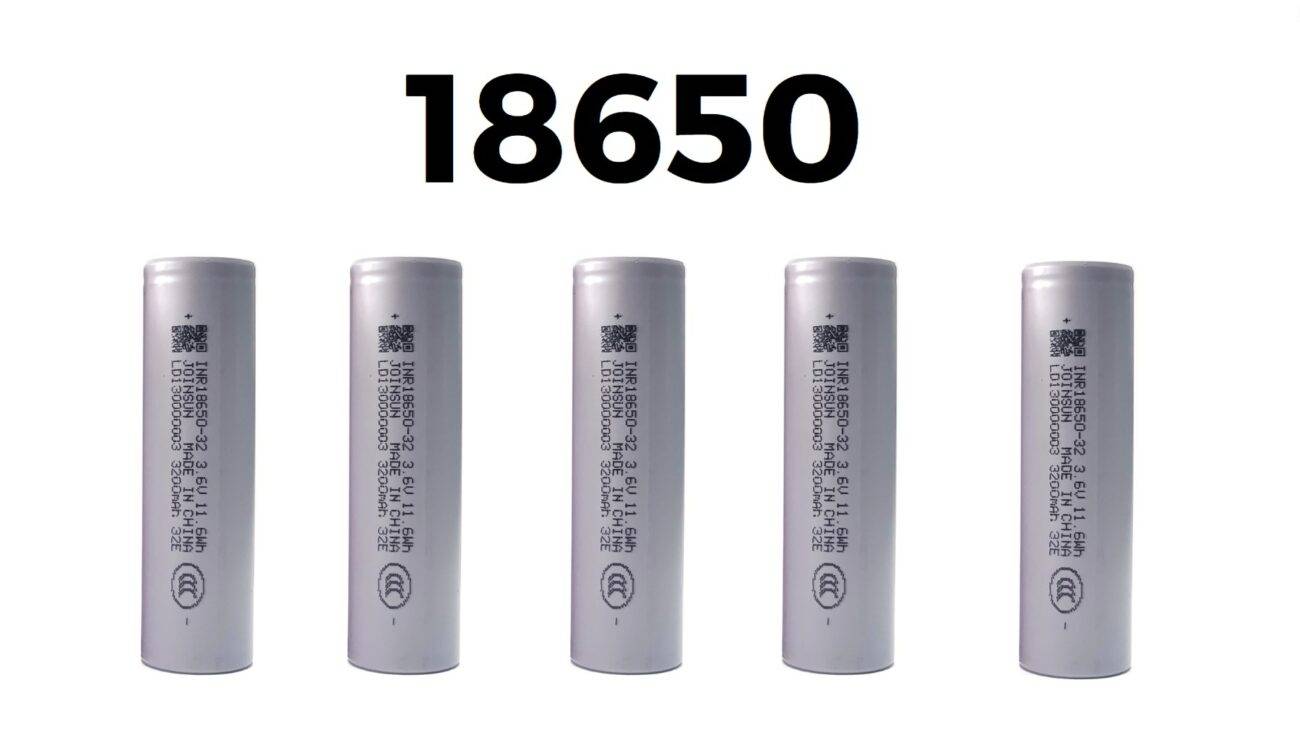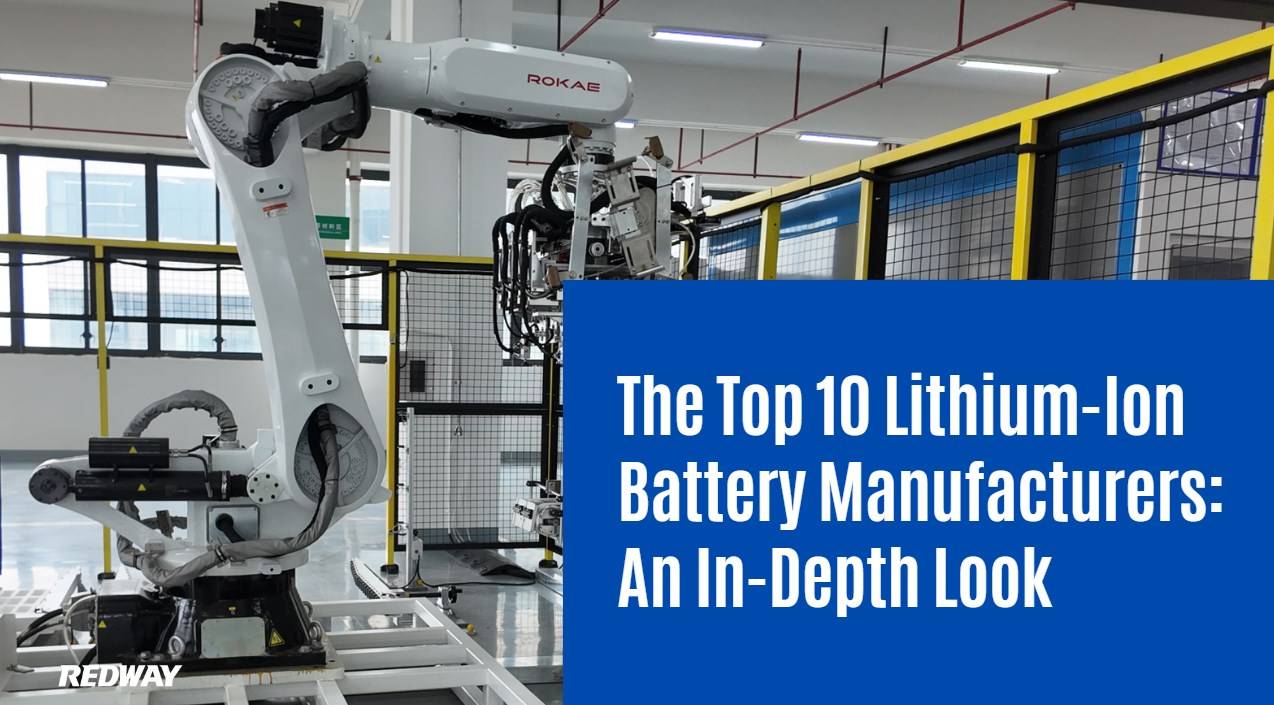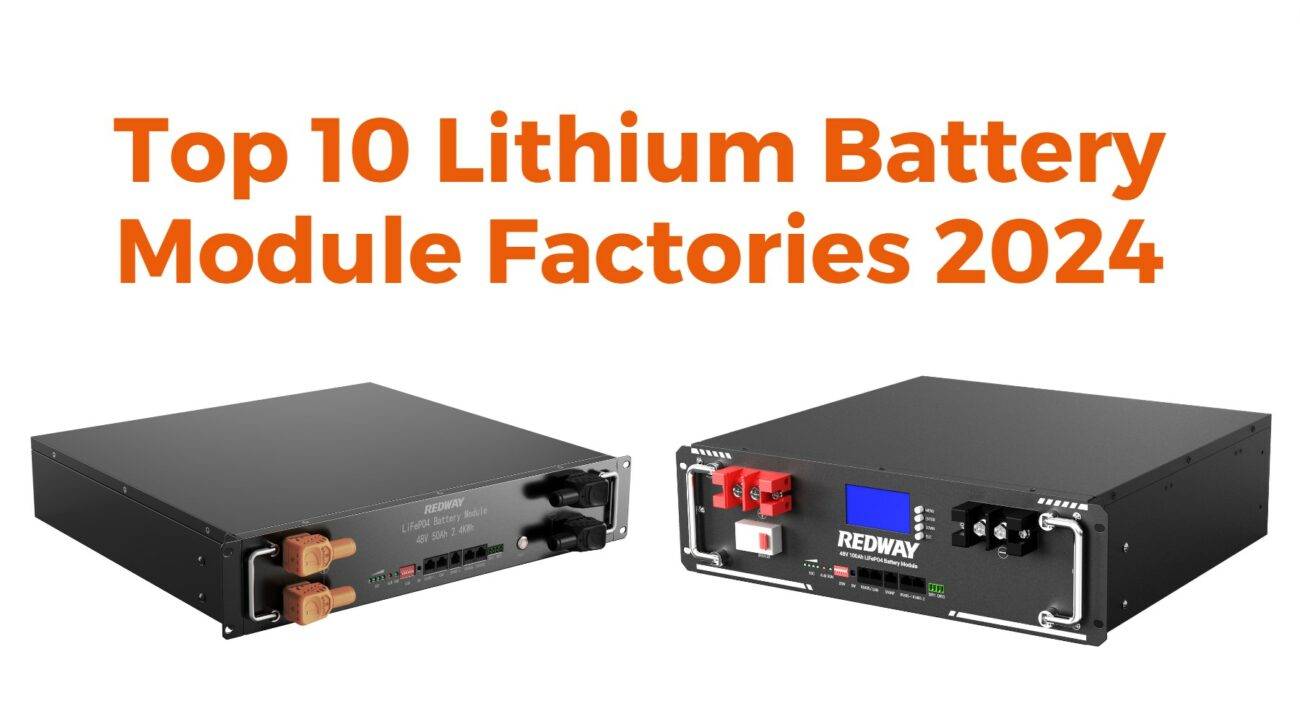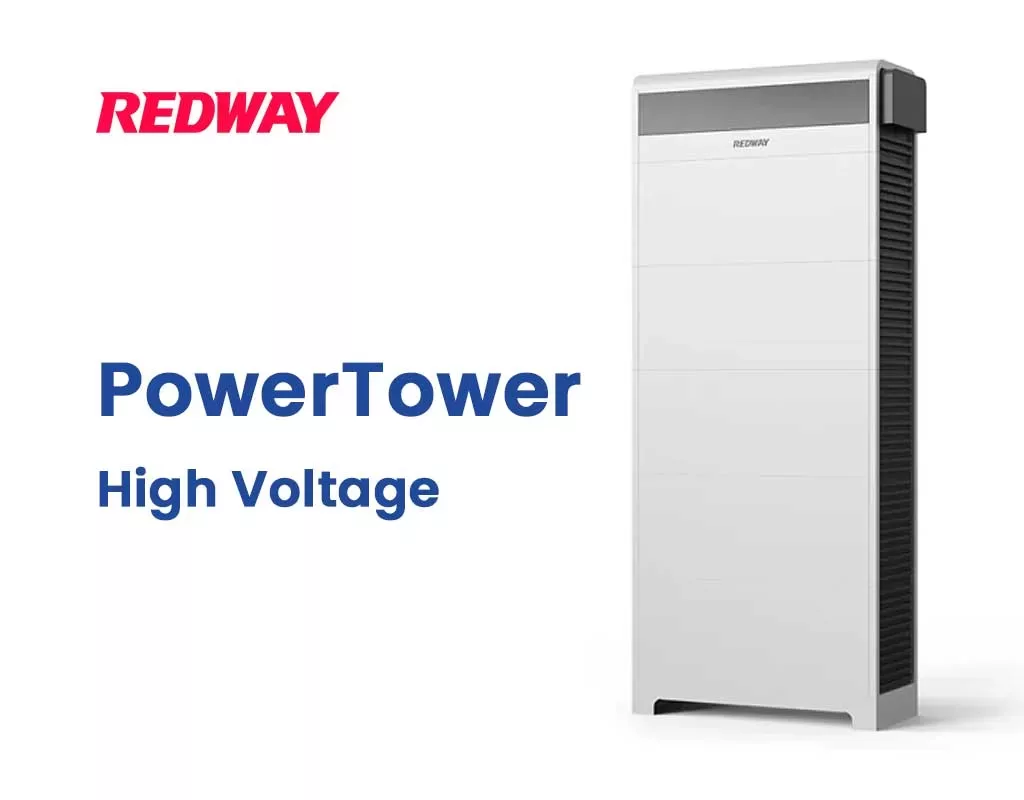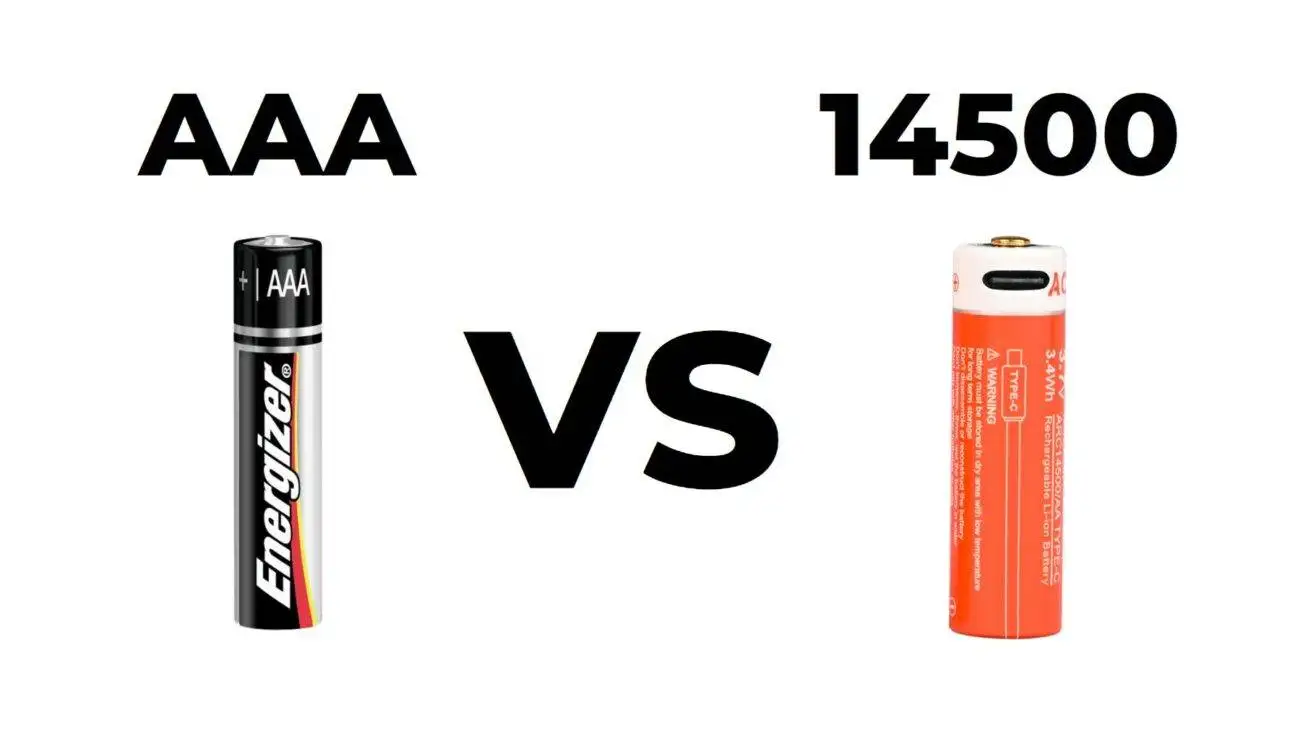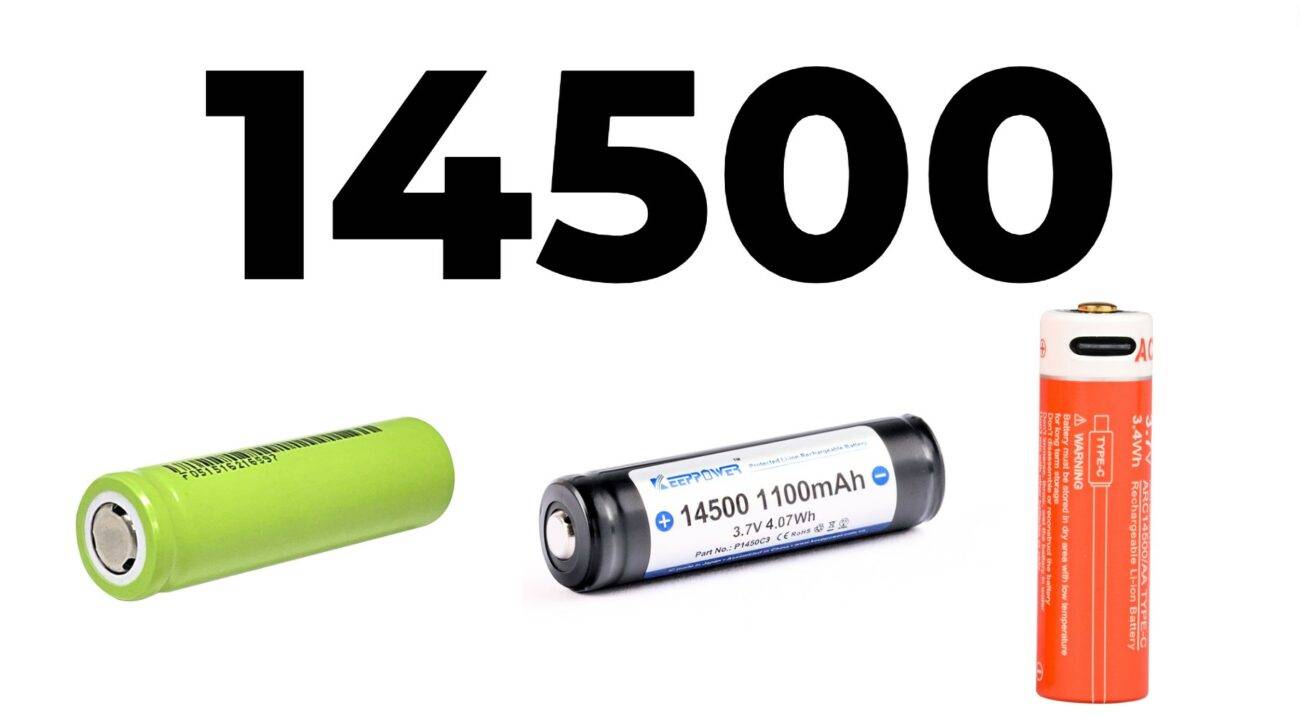In today’s fast-paced technological world, batteries play a pivotal role in powering our devices. Among the numerous options available, the 18650 and 14500 batteries are two popular choices for various applications. This guide aims to provide a comprehensive comparison between these two battery types, helping you make an informed decision based on your specific needs.
Understanding Battery Specifications
Before delving into the differences, it is crucial to understand the specifications of these batteries.
What is an 18650 Battery?
An 18650 battery is a lithium-ion cell with dimensions of 18mm in diameter and 65mm in length. This battery is renowned for its high capacity, long lifespan, and reliable performance. Commonly used in laptops, flashlights, and electric vehicles, the 18650 battery has become a standard in various high-drain devices.
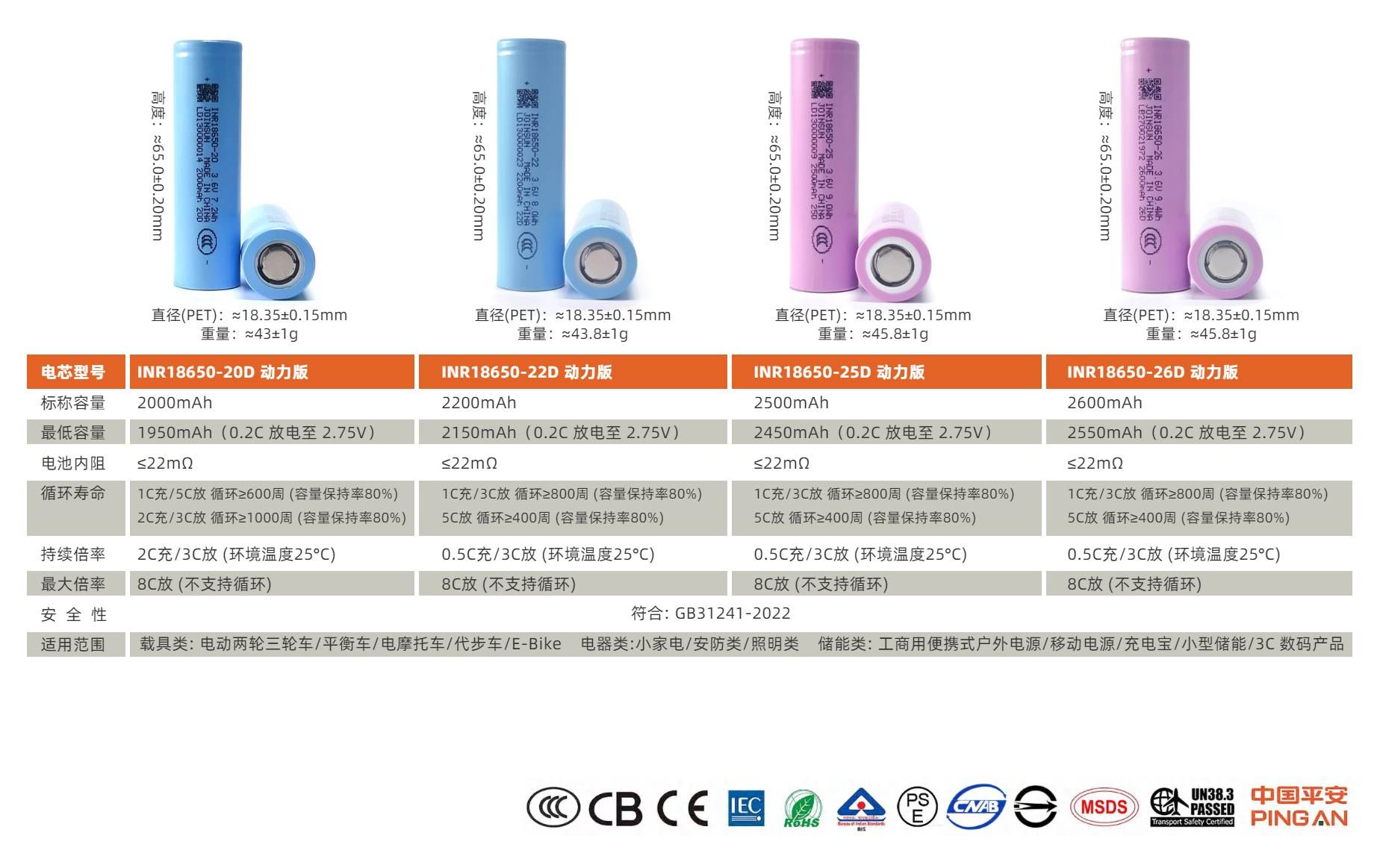
What is a 14500 Battery?
A 14500 battery, on the other hand, is also a lithium-ion cell but with dimensions of 14mm in diameter and 50mm in length. Often compared to AA batteries due to their similar size, 14500 batteries are used in devices that require a compact power source, such as flashlights, vape pens, and small electronics.
Capacity and Energy Density
One of the primary differences between the 18650 and 14500 batteries is their capacity and energy density.
18650 Battery Capacity
The 18650 battery typically offers a capacity ranging from 1800mAh to 3500mAh. This high capacity makes it ideal for devices that require extended usage times. Additionally, the energy density of 18650 batteries is superior, providing more power in a compact form.
14500 Battery Capacity
The 14500 battery, while smaller in size, usually offers a capacity between 600mAh and 1000mAh. Although this is significantly lower than the 18650, it is sufficient for devices with lower power demands. The 14500’s energy density is also commendable, but its smaller size inherently limits its capacity.
Voltage and Performance
Voltage of 18650 Batteries
The nominal voltage of an 18650 battery is 3.6V to 3.7V, with a fully charged voltage of up to 4.2V. This consistent voltage output is crucial for high-performance devices that require stable power delivery.
Voltage of 14500 Batteries
The 14500 battery also has a nominal voltage of 3.6V to 3.7V, aligning with the 18650. However, due to its smaller size and capacity, the performance under high-drain conditions may not be as robust as the 18650.
Lifespan and Cycle Life
18650 Battery Lifespan
The lifespan of an 18650 battery is typically longer than that of a 14500, thanks to its larger capacity and superior build quality. 18650 batteries can last for 300 to 500 charge cycles or more, depending on usage and maintenance.
14500 Battery Lifespan
A 14500 battery generally offers 200 to 400 charge cycles. Although this is lower than the 18650, it is adequate for devices that do not require frequent recharging.
Applications and Compatibility
Common Uses for 18650 Batteries
The 18650 battery is widely used in high-drain applications such as:
- Laptops and Power Banks: Due to their high capacity and reliable performance.
- Electric Vehicles (EVs): Providing the necessary power and energy density.
- Flashlights and Portable Devices: Ensuring long-lasting illumination and functionality.
Common Uses for 14500 Batteries
The 14500 battery is preferred for devices that require a smaller, more compact power source, including:
- Flashlights: Particularly in compact, high-output models.
- Vape Pens and E-cigarettes: Offering the necessary voltage in a small package.
- Small Electronics: Such as remote controls and small handheld devices.
Safety and Handling
Safety Considerations for 18650 Batteries
18650 batteries are generally safe but require careful handling due to their high energy density. Overcharging, short-circuiting, or exposure to extreme temperatures can pose risks. It is recommended to use protective circuits and quality chargers to ensure safety.
Safety Considerations for 14500 Batteries
Similar to the 18650, 14500 batteries need proper handling to prevent accidents. Although they have a lower capacity, they can still be hazardous if mishandled. Always use appropriate chargers and avoid exposing them to extreme conditions.
Cost and Availability
Cost of 18650 Batteries
Due to their widespread use and high capacity, 18650 batteries are generally more expensive than 14500 batteries. However, their long lifespan and performance often justify the higher price.
Cost of 14500 Batteries
14500 batteries are typically cheaper, making them a cost-effective choice for devices with lower power requirements. Their availability is also good, but they may not be as ubiquitous as 18650 batteries.
Environmental Impact
Environmental Considerations for 18650 Batteries
18650 batteries, like all lithium-ion cells, have an environmental impact due to the extraction of raw materials and disposal issues. However, their long lifespan can mitigate this to some extent.
Environmental Considerations for 14500 Batteries
14500 batteries also pose environmental challenges. Proper recycling and disposal are essential to minimize their impact. Their smaller size means they use fewer materials, but responsible handling remains crucial.
Conclusion: Choosing Between 18650 and 14500 Batteries
Choosing between 18650 and 14500 batteries depends largely on your specific needs and the requirements of your devices. If you need a high-capacity, long-lasting power source for demanding applications, the 18650 battery is the superior choice. For compact devices with moderate power needs, the 14500 battery offers a cost-effective and efficient solution.
By understanding the key differences and specifications, you can make an informed decision that best suits your power needs, ensuring optimal performance and longevity for your devices.


